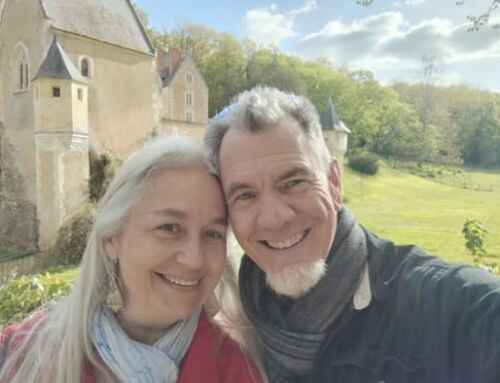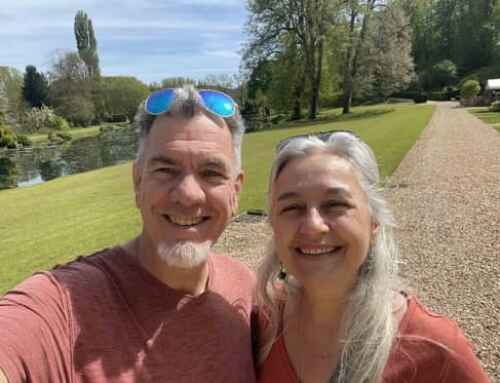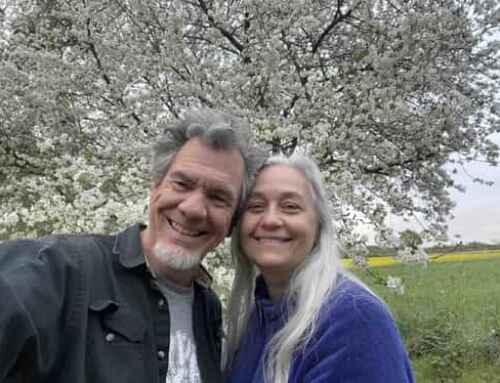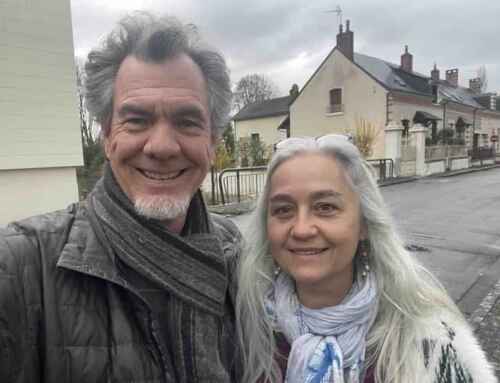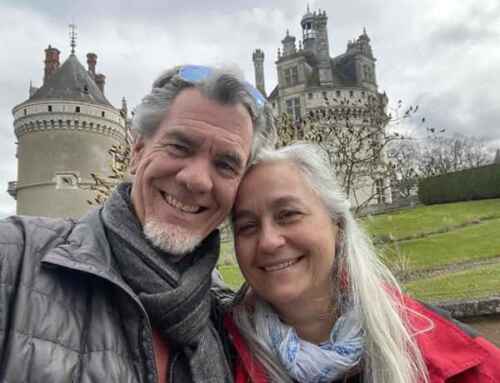
“ Every person is defined by the communities they belong to.”
~ Orson Scott Card
Community is a quirky concept. What makes a community? How do you know when you’re in one? Can communities overlap?
The whole idea of community is sort of like a fractal. If you zoom out to the 30,000 foot view from an airplane window, then an entire city or town could be considered a community.
If you zoom all the way in to your dining room table, then a community may be no larger than a few friends united by common interest. Communities are also defined by the things the members care about or value.
The Internet, of course, has enabled communities to form around special interests of every stripe without regard to geography. Go to any big social media site that hosts groups or forums and you can find aficionados of anything under the sun gathered around discussing it. There’s a subreddit for everything.
One way of looking at it is that every human is sort of a walking Venn diagram of overlapping communities. A community crossroads on two legs if you will. It seems only natural that one would be walking in a number of different spheres at any given moment in life.
So it’s never just one community. The level of commitment or involvement may vary, and often the relationship is tangential. But everyone has various collections of people that they can relate to on one level or another.
Another way of defining communities is to ask what sort of glue is holding them together. Geography and proximity are one thing, but beliefs and interests are another. Some activities, like dancing for instance, flourish best when people are actually able to physically get together. Creative pursuits where people toil in solitude are benefited by forums or virtual groups where people can compare notes and talk shop. Beliefs foster congregations. Political action rises and falls with the electoral cycle
It’s no wonder the word community and the word communication are so closely related. Because at the end of the day, it’s communication that holds a community together. That’s why some communities fly completely under the radar of public awareness.
Case in point. This weekend a friend of ours was doing a volunteer shift at the door of a local quilt show. She invited us to attend and we learned that this event was at The Craneway Pavilion, an epic historic venue here in Richmond. We said sure, that sounds like fun, and remarked between ourselves that we had seen no publicity or advertising for this event anywhere, so we wondered if it would be well attended.
Upon arrival it became abundantly clear that the quilting community has a strong network and good communication among the enthusiasts. The parking lots were full and there were throngs of people entering The Craneway.
Aside from hundreds of fabulous quilts on display, ongoing workshops, and a wide array of vendors, there was a vast amount of people attending the show. We talked later about what a strong network the quilting community must have, and how the lines of communication among the enthusiasts made it almost unnecessary for much advertising or public outreach.
The big take away lesson for me is that if you want your community to thrive, focus on your communication network. Make sure your people are connecting and that information is flowing freely.
And take a look at yourself and ask which communities you’re part of and whether or not any of them overlap. There might be connections where all your roads cross just waiting to be made!
Yours in community and communication until next week!
M+
Mark Metz
Director of the Dance First Association
Publisher of Conscious Dancer Magazine



